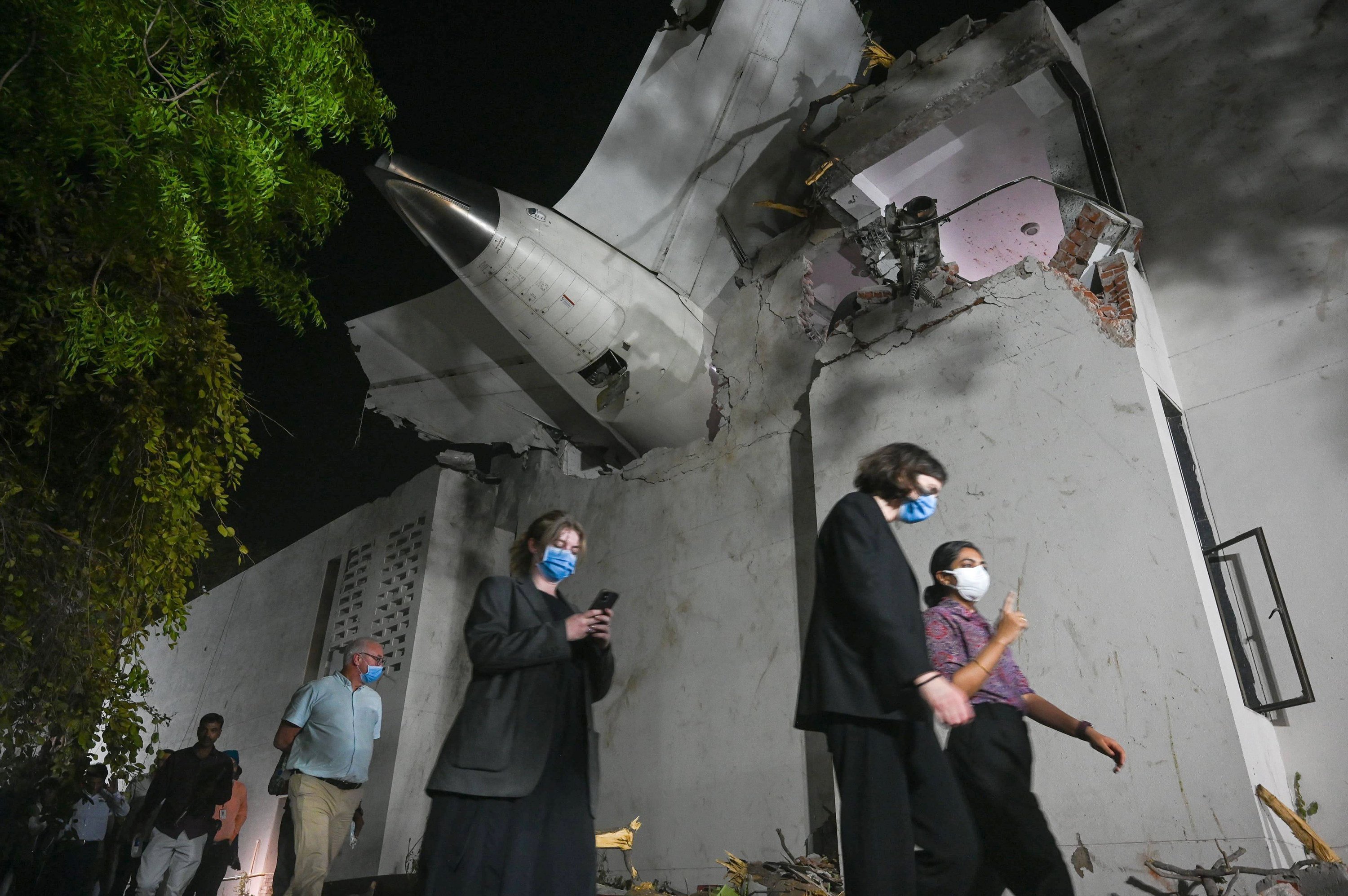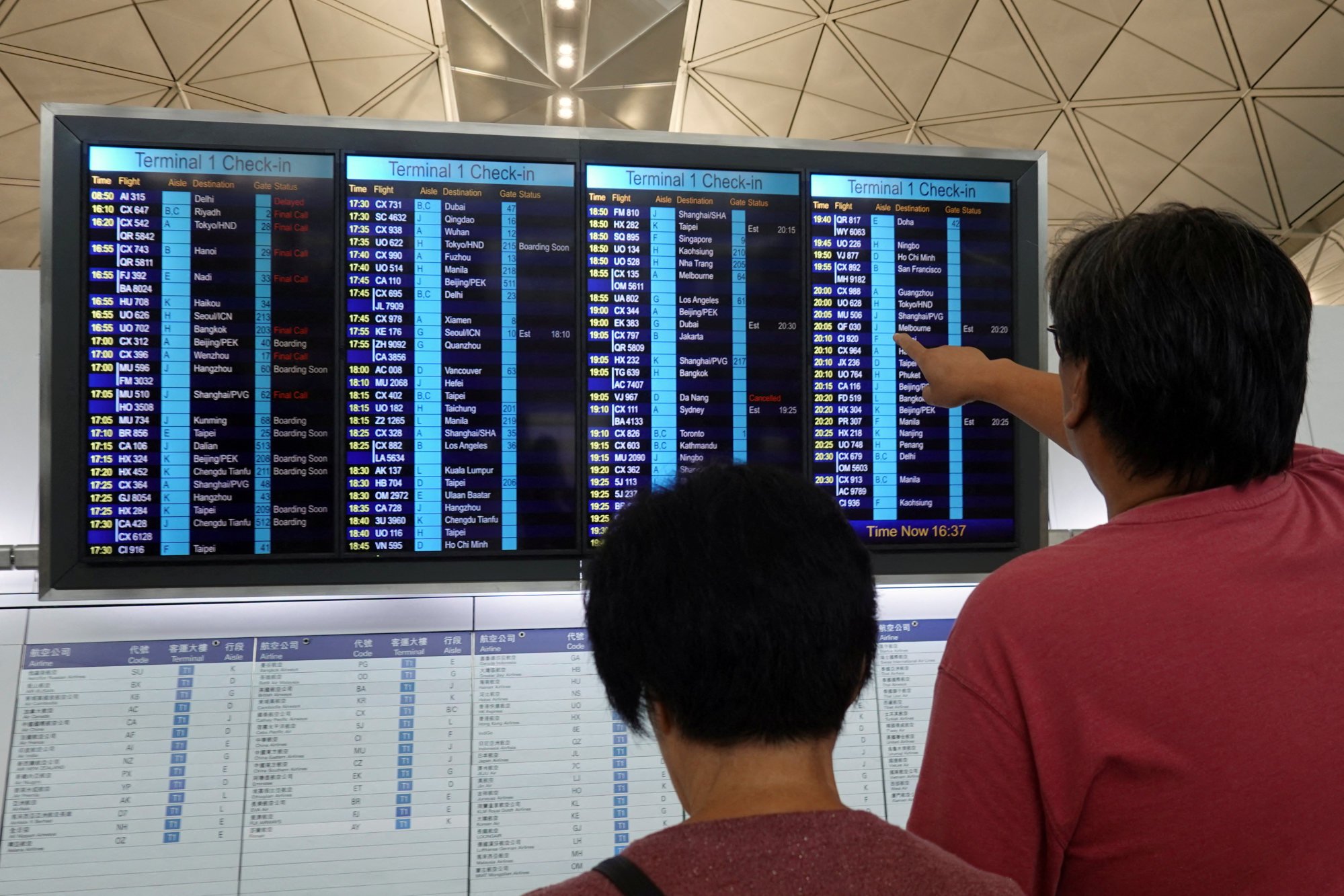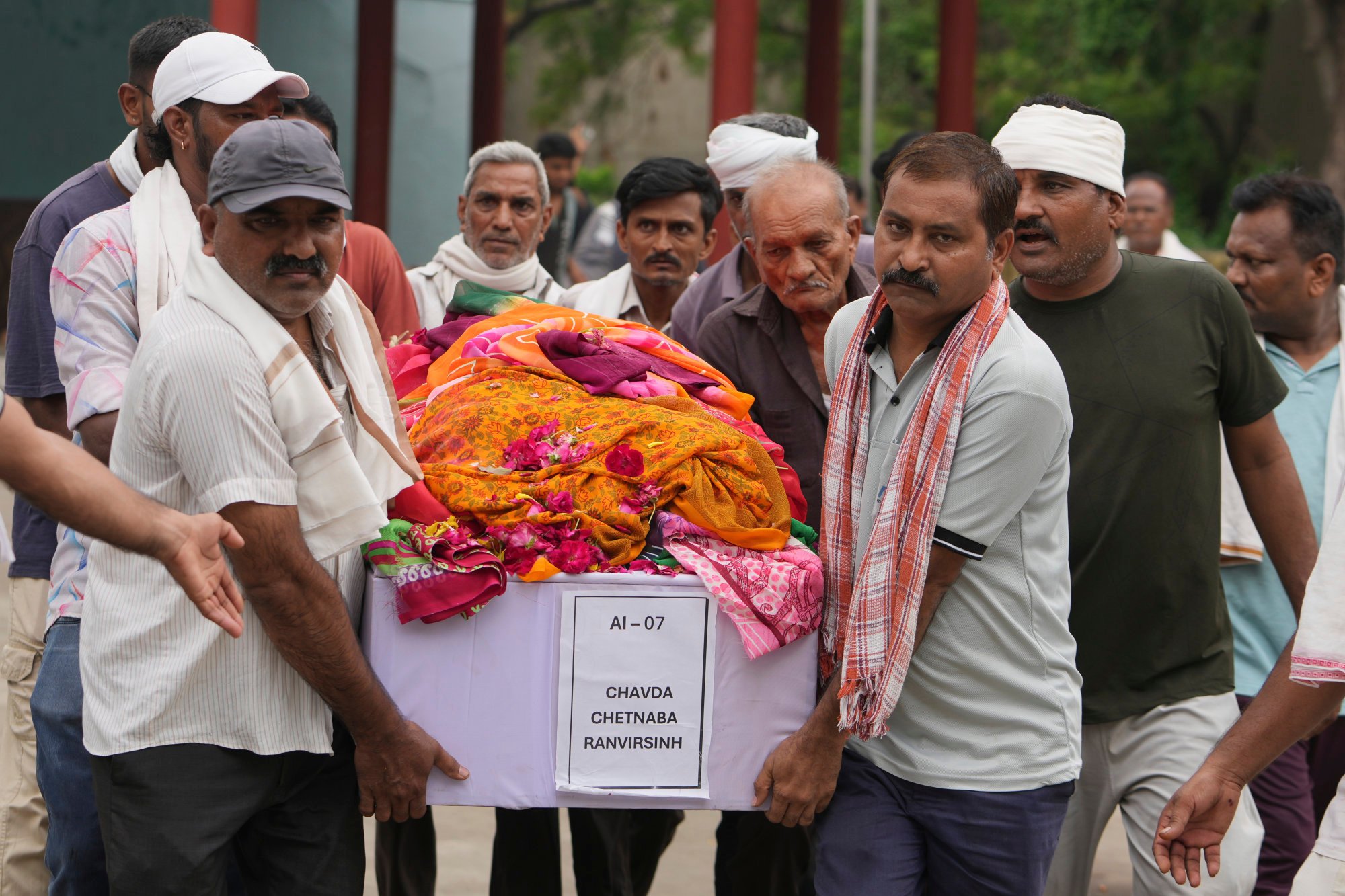Air India crash: safety focus at all-time high as competition takes backseat
The stakes are high for Boeing and India as both sides seek to address safety perceptions following the 787 Dreamliner’s crash in Ahmedabad

The crash of Air India’s Boeing 787 Dreamliner has intensified scrutiny of the aircraft’s technical reliability and its manufacturer’s safety record, even as analysts caution against assigning blame prematurely.
The disaster in the western Indian city of Ahmedabad last Thursday, which killed at least 290 people, will further erode confidence in Boeing as it continues to face pressure over safety lapses, according to aviation experts.
“The cause of the AI 171 crash is still unknown, and unless the cause is known, it is too premature to pinpoint the need for change of a certain entity,” said Shantanu Gangakhedkar, senior consultant for aerospace and defence at consultancy Frost & Sullivan.
“Nevertheless, after any such incidents, the industry becomes more cautious and airlines and regulators take more precautions to increase safety checks.”
There has been a spate of incidents and flight cancellations involving Dreamliner aircraft after the crash in Ahmedabad.
On Monday, an Air India Boeing 787 Dreamliner bounded for New Delhi was forced to return to Hong Kong shortly after take-off following a standby request, typically made when a mechanical issue is suspected.

The incident came a day after a British Airways Dreamliner returned safely to London’s Heathrow Airport after it reported a technical issue en route to the southern Indian city of Chennai.
On Tuesday, Air India cancelled at least nine international flights – eight involving Dreamliners and one using a Boeing 777 – according to The Times of India.
Last week’s crash has added to Boeing’s woes in recent years after two jets of the Max version of its bestselling 737 plane crashed in Indonesia in 2018 and in Ethiopia in 2019.
Following the Ahmedabad crash, some users in India on social media platforms have urged passengers to carefully check the aircraft models of their flights.
India’s aviation safety regulator, the Directorate General of Civil Aviation, on Tuesday said it had completed a safety inspection of Dreamliner jets in the country and found that all were compliant with aviation safety guidelines.
Gangakhedkar said the increased scrutiny on Boeing had affected its safety reputation. In the short term, Airbus could gain over its rival following the Ahmedabad air crash, he added.
Nonetheless, airlines had a choice of either of the two aircraft makers and they typically could not choose just one of them due to the need to ensure deliveries for their fleets, Gangakhedkar said.

Boeing supplied 348 jetliners in 2024, which was a third fewer than the 528 that it reported in the previous year. It posted a loss of US$11.8 billion last year.
The share price of Boeing has fallen by over 7 per cent in the US over the past week since the Ahmedabad crash.
It was not surprising that the industry became more cautious following the crash with airlines and regulators taking more precautions to increase safety checks, Gangakhedkar said.
On the cause of the crash, videos suggest that the Air India plane encountered a problem with its thrust or lift, according to analysts.
“If there was an issue with engines, then it would be critical to understand what might have gone wrong. Was it a technical error or was it a human error or did other external parameters play a role?” Gangakhedkar said.
Pending answers to the many questions over the crash, those involved in the industry would have to continue conducting more checks and maintaining the highest safety standards, he added.
Safety first
The stakes over airline safety perceptions in India are high as it is one of the world’s largest aviation markets.
The number of flying passengers in India rose by 15 per cent to 376 million in the financial year ended March 2024, according to estimates by the Indian government. Across India, the number of airports in operations more than doubled to 154 in 2024 from a decade ago, and this is set to jump to between 350 and 400 by 2047.
Christian Scherer, chief commercial officer at Airbus, told reporters earlier this week that the aviation industry’s top priority should be on safety and not competition.
“Safety is in everything that we do, so the tragedy in India – we don’t see that in any way, shape or form as a competitive input,” Scherer said during a press briefing in Paris. “It is, if anything, a reminder to us all that aviation has become so safe that, statistically speaking, every accident is totally unacceptable.”
Shukor Yusof, founder of Singapore-based Endau Analytics, concurred that the industry’s focus must be on aviation safety.
“Boeing is a lot older than Airbus and has contributed immensely to commercial aviation and shaped the way we fly today,” he said. “Most passengers do not differentiate between aircraft makers. They are more likely to be influenced by airfare prices.”
The Ahmedabad crash would allow the industry to assess and improve all aspects of air travel, he added.